Fate and Fortune in Rural China: Social Organization and Population Behavior in Liaoning 1774–1873
Fate and Fortune in Rural China is a major contribution to the study of both the social and population history of late traditional China, and that of historical demography in general. Lee and Campbell use the example of Liaoning to demonstrate the interaction between demographic and other social pressures, and to illustrate graphically the nature of social mobility and social organization in rural China over the course of the century from 1774–1873. Their conclusion - that social norms, rooted in ideology, determined demographic performance - is supported by a mass of hitherto inaccessible primary data. The authors show how the Chinese state articulated two different principles of social hierarchy, heredity and ability, through two different social organizations: households and banners. These different boundary conditions, each the explicit creation of the state, gave rise to contrasting demographic behaviour.
{{comment.content}}
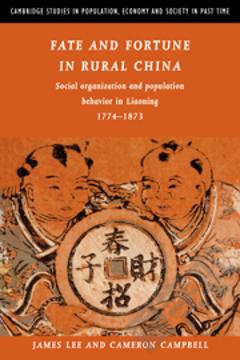
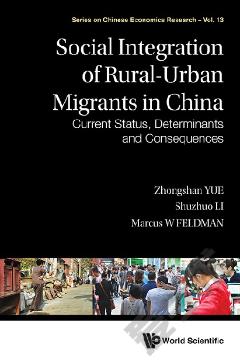

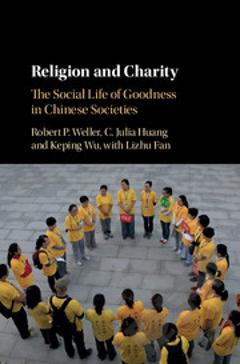
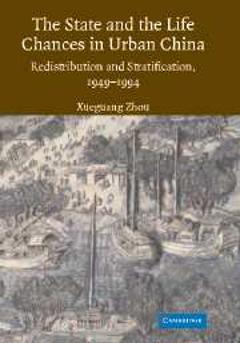
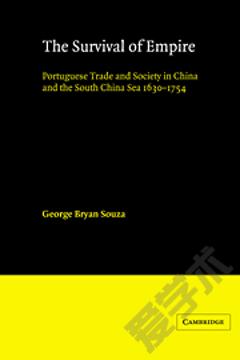
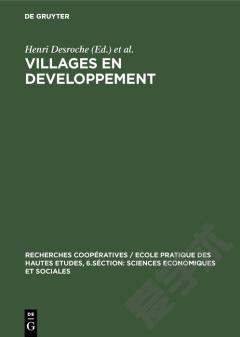

 京公网安备 11010802027623号
京公网安备 11010802027623号